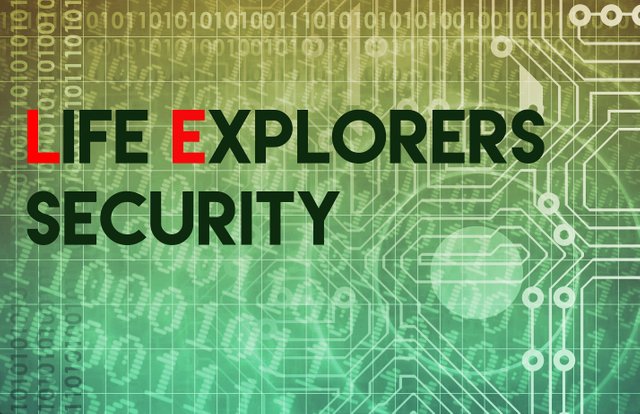
Steemit is the first platform that makes earning cryptocoins easy. You create a account and there you go.
One of the things that would feel a little different from facebook is the focus on keeping your password safe. This is because you can not reset or recover a forgotten password like you where used to. But besides that it is not different from a normal social media website and that is good.
Cryptocoins
There is a big chance that after earning your first BSD and STEEM you are getting hooked on cryptocoins. And you start to invest some of your coins in other cryptocurrencies.
Now it gets more alien for most. Selling and buying on an exchange is something you can do fast. But where do you store your new cryptocurrencies? On the Exchange?
Well if you put a two factor authentication in place and a nice long password. The change of someone logging in with your credentials and steal your coins is very small. But how safe is the exchange? Well 33% of the exchanges where hacked. Here a list of the biggest hacks.
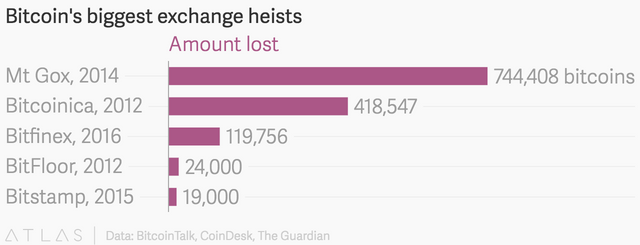
https://www.theatlas.com/charts/Bk1RzceF
The attacks where sometimes not even that advanced. Security has increased but it did not stop the stealing. So you never know for sure how safe your coins are. I am sure most people on Bitfinex thought there coins where safe in cold storage. If you don't know cold storage. It means you have 2 wallets. A hot wallet is a wallet that is loaded with private keys and all so you can make transactions. A cold wallet is a wallet that is unloaded (and not online). The cold walled should be filled with the most of your coins.
I also remember reading a document about the hack on Bitstamp. They went to great lengths to hack people (and workstations) with the right internal network access to the two servers (key and wallet). Because of the large sums of coins on the exchanges it is obvious they are a much bigger target then you. So holding your coins yourself can be safer (if done well). Also there is the option for an online wallet. I will discuss both.
This post is just a general overview. In upcoming posts I will pick a wallet and explain the tech behind it. And ofcourse some possible hacks.
Software wallet
When you decide to keep your wallet under your own control there are many things to think about.
First thing you need is the client. Almost all coins have a wallet client with a GUI (graphical interface).
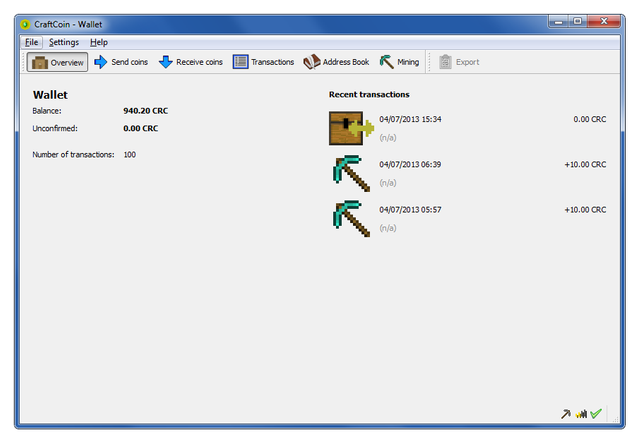
So downloading it and using it, is not so complicated. But like all applications there are bugs and updates. To be safe and on the right blockchain you need to update the client from time to time. Most clients do not have a internal updating mechanism. So you need to download it again from the right website. It is very important to check if the file you download is correct. You can do this by checking the hash. This sounds complicated but there are some nice tools that can help you with it.
https://www.raymond.cc/blog/7-tools-verify-file-integrity-using-md5-sha1-hashes/
Also create a password to lock your wallet. You do not want someone to steal your wallet.dat and start spending coins. Use a good password and do not lose it.
But before even installing your first update we really need to create a backup. I would advice to do this directly after installing and setting the password.
Maybe you heard about the person who broke his laptop after spilling coffee over it and brought it to the dump. A while later bitcoin had his famous rise from cents to 1000 dollar. He never made a backup and lost millions.
Most wallets have a backup function in the GUI. You can also go to (windows) %APPDATA%\bitcoin or (linux) ~/.bitcoin/. In this example I used the bitcoin location. But for most coins this is the same location, so just change "bitcoin" into the coin you own. In this location you find a lot of different stuff. Peer information, The blockchain etc. but you just need to get the wallet.dat file and copy it to an safe location.
For some other new coins there is no need to make a backup from this file. They use something called BIP 0032 (hierarchical deterministic wallet). But there are only a few who use that right now.
So now you have your wallet.dat placed somewhere. I hope somewhere safe. You can copy the file to your google drive for example but how safe can that be? I would advice to make a copy on a usb stick (encrypted would be perfect) and put the usb stick somewhere safe. And 1 backup is no backup. So make 2 backups.
Online wallet
You can also choose a online wallet. I never did it myself. Because you still have to trust an other party. It brings you back to the exchange in a way. They did get hacked in the past and I am sure it will happen again. But if you do not feel comfortable protecting the coins yourself. This can still be a good option. Best choice is a service where you can control your private key. On a special usb key for example.
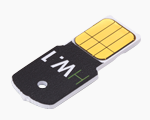
Paper wallet
Till now we did everything digital. But there is also the option of creating something called a paper wallet. A paper wallet is a physical record of the wallet private seed. It is a little old school in my mind. I never use it anymore but it can feel safe. But read the instruction well before using it. For example you never want to share the private key.
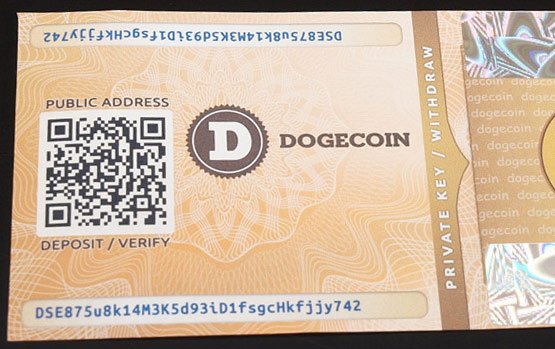
But if you just make a paper wallet and put it in the safe. Not much can go wrong.
Hardware wallet
These days there is also something better called a hardware wallet. You do need to spend some money on obtaining it and very IMPORTANT it does not work for all altcoins. A hardware wallet only works with coins supporting BIP39 and BIP 32. Tech is changing very fast in cryptocurrencies so just check the specs before buying.
One of the benefits of using a hardware wallet is that it protects you against cryptocoin stealing malware. When you use your software wallet and type your password the wallet will be unlocked. The seed is stored in the wallet also. You can imagine that when your wallet is opened the password is stored in memory. Malware can steal it from there. Also a keylogger can log your password.
With an hardware wallet this is not an issue anymore. The private key is on the hardware (in a special protected part) and your wallet file is also on the usb device. So you have everything you need with you.
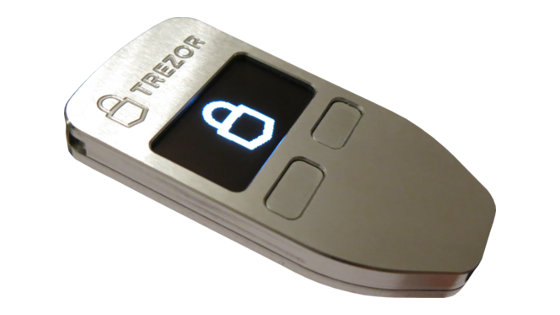
When you have a hardware wallet you need to configure it with a pincode, finger print etc. And the wallet seed you get back, you need to write down for safe keeping. So even if your hardware wallet is broken or lost you can get your coins back.
Author's Note: The Life Explorer Series is a community magazine that brings together writers to post about a variety of topics. All topics and authors using the #lifeexplorer tag or title are part of this group and have permission to post under the heading Life Explorer. If you would like to write with the Life Explorer series about a topic, reach out and get in chat contact with @timsaid to learn more.
Make sure to catch all these Life Explorer authors:
@prufarchy
@yogi.artist
@timsaid

This is definitely a topic that needs more attention. Storing our coins safely is essential
Downvoting a post can decrease pending rewards and make it less visible. Common reasons:
Submit
I can't give much in vote rewards, but I can say I like the articles your group is producing. Keep up the good work!
Downvoting a post can decrease pending rewards and make it less visible. Common reasons:
Submit
Thank you!
Downvoting a post can decrease pending rewards and make it less visible. Common reasons:
Submit